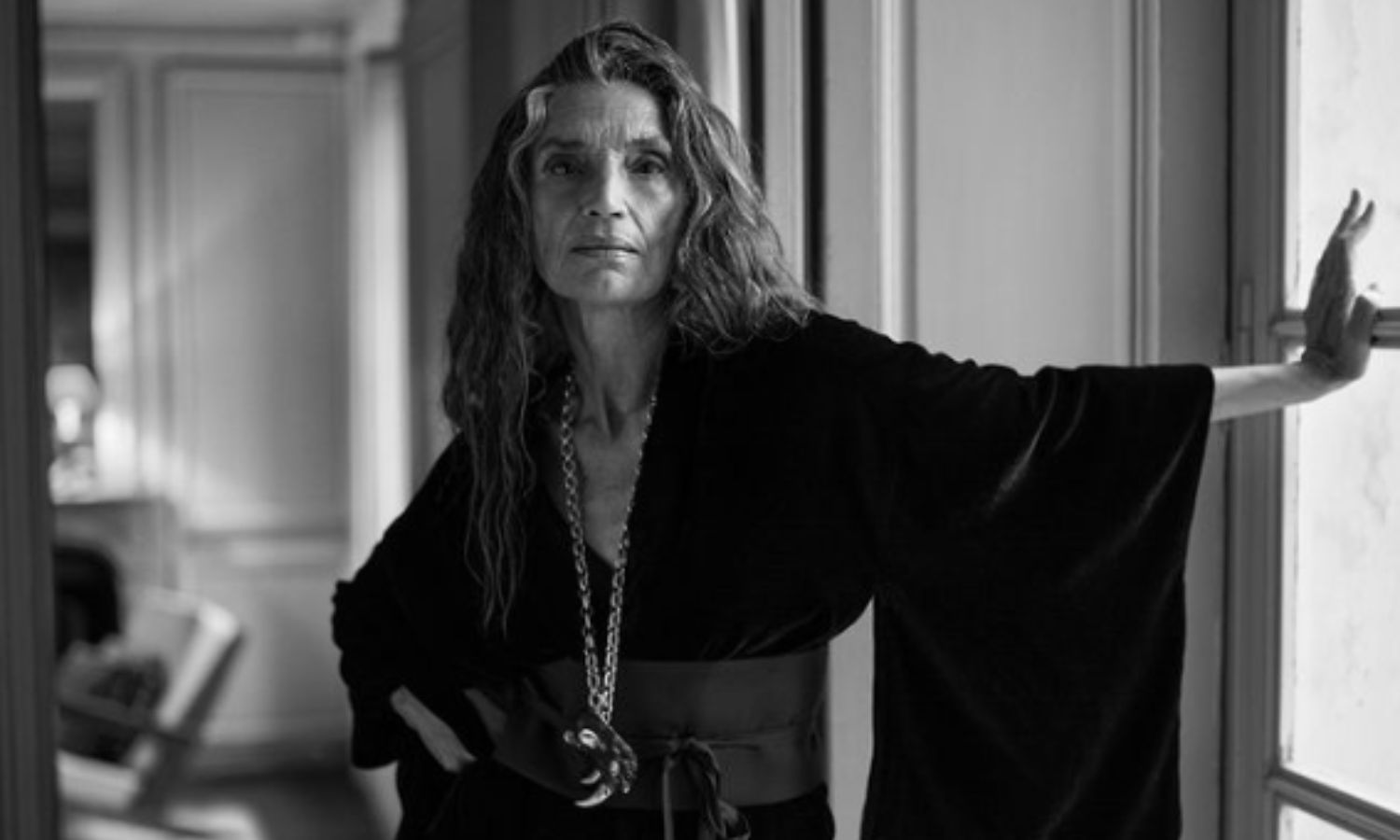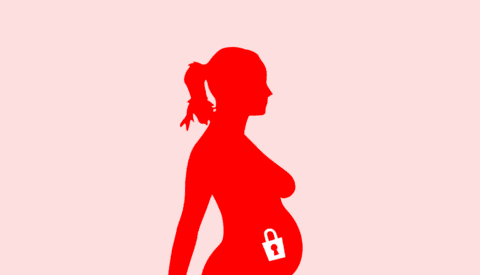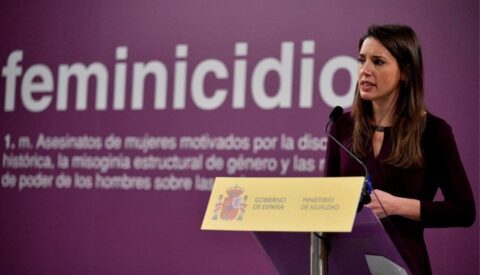Senior Influence: Why Some Brands Are Finally Dropping Ageism From Their Advertising
As the number of people over the age of 65 increases, some global brands are taking steps to reduce ageism in advertising, both for ethical and business motivations.
Article

Article
Elderly people still rarely appear in advertising — and when they do, they are usually represented either in a stereotypical or a pejorative way.
But advertising experts say the tables are turning. Although still rather limited, initiatives that defy such ageism and age discrimination are beginning to pop out.
Marc Compte, professor of Information and Communication Sciences at the Open University of Catalonia (UOC), gives as an example campaigns such as #AWorld4AllAges, launched in Nov. 2021 by the WHO with the support of the 194 member states of the organization.
The aim was to change the way people think, feel and act regarding age and aging. «It was a turning point», Compte says. Two other recent campaigns featured older actors: the first by L’Oréal on social media, which included a dozen influencers between 45 and 84 years old, and Zara in summer 2023, with 67-year-old actress Ángela Molina.
The elders are the future consumers
The important demographic weight this age group continues to gain is one of the possible reasons behind this trend, experts say. According to UN forecasts, the number of people over 65 will do more than double by mid-century. There were 761 million people over 65 in 2021.
The important demographic weight this age group continues to gain is one of the possible reasons behind this trend, experts say
In 2050, there will be 1.6 billion in this age group. Spain is no exception to this phenomenon. In a 2022 report, the Spanish National Research Council estimated at the beginning of 2021, the number of people over 65 reached 9,310,828, or 19.65% of the country’s total population, which indicates that this population continues to increase, both in number and proportion.
«Economic players have begun to realize the importance of older people and their capacity to consume», says Mireia Fernández Ardèvol. Also a professor of Information and Communication Sciences at the UOC and a member of the University’s research institute IN3 (The Internet Interdisciplinary Institute), she believes that companies are beginning to see that the elderly are also the target audience for the products and services they put for sale.
However, in Fernández Ardèvol’s opinion, increasing the presence of older people in advertising is not enough to fight ageism. A study carried out by the advertising agency Señora Rushmore in 2018 revealed that people over 65 were barely 3% of the people represented in Spanish ads. «The key is not just to appear in ads (or in the media, in general), but how you appear», Ardèvol says.
«The majority of representations of older people continue to reproduce gender stereotypes and, therefore, ageism», explains Loredana Ivan, a professor at the National University of Political Studies and Public Administration in Bucharest, Romania.
According to the study, the advertising sectors in which they are represented the least are health and beauty, fashion and household cleaning products. Men tend to appear more than women, and from the age of 65 onward, they are mostly represented in everyday spaces, such as the home.
Part of a broader social struggle
Fernández Ardèvol and Compte argue that, in addition to a greater presence in ads, a positive and non-stereotypical perception of the older age group is necessary. «Beyond the impact it would have on the ‘pockets’ of commercial brands, it is a necessary change, a moral obligation that we all have as citizens», Ardèvol comments.
«We cannot continue being ageist; it is clearly harmful to our society. The responsibility to carry out a collective behavioral change is shared between individuals, institutions, companies … And this is what is happening: they are beginning to take the first steps in that direction, but the road is going to be long», says Compte.
For him, some brands are fervently convinced that ageism is harmful and that they have to fight against it, while others may see it as a short-term marketing opportunity, without real commitment — «Just another action or statement to add to your social-washing list», Compte says.
«But, either way, becoming empathetic with an age group you have never felt empathy for doesn’t happen overnight». Changing the way you think, feel and act «requires a lot of time and effort, until a new perspective regarding the perception of age is normalized», he argues.
Campaigns against ageism
As Compte recalls, among the campaigns that are contributing to this change are #OldLivesMatter, launched after the pandemic by dozens of geriatrics and gerontology societies around the world; the Chocolates Valor one starring 66-year-old actor José Coronado, which stands out from the traditional negative stereotypes associated with aging, and others from Dove such as Pro-Age, #BeautyBias or #KeepTheGrey, for which the beauty brand decided to change its golden logo to a grayscale version to support women who suffer discrimination at work for not wanting to dye their hair.
«The majority of the leading commercial brands, the bravest and most visionary, are doing it out of conviction and because they see a clear opportunity to position themselves in relation to values of respect, inclusion and diversity», says Compte, adding that those who don’t now will probably be forced to do so later, just as they had to take a stand against other scourges such as homophobia or sexism.
The fight against age discrimination should be integrated at the heart of the business strategy
Recall what happened with Gillette: the brand is internationally perceived as committed to the fight against toxic masculinity, because it was one of the first to take a firm step in this direction. In 2019, it launched the campaign «We Believe: The Best Men Can Be» in reaction to social movements like #MeToo.
«Gillette decided to do real corporate activism, as a long-term brand strategy, establishing itself as an entity that wanted to educate men to help them find the best version of themselves», Compte says.
However, when it comes to ageism, he believes that it is still necessary to create this impulse that has occurred for other causes of inequality in recent years. «The fight against age discrimination should be integrated at the heart of the business strategy, just like the Sustainable Development Goals (SDGs) or the gender policy, to name a few», he says. «My recommendation would be to bet on corporate activism and avoid isolated communication actions, which are usually not very credible and seen as opportunistic», he concludes.
This content is part of a collaboration agreement of ‘WorldCrunch’, with the magazine ‘Ethic’. Read the original at this link.





